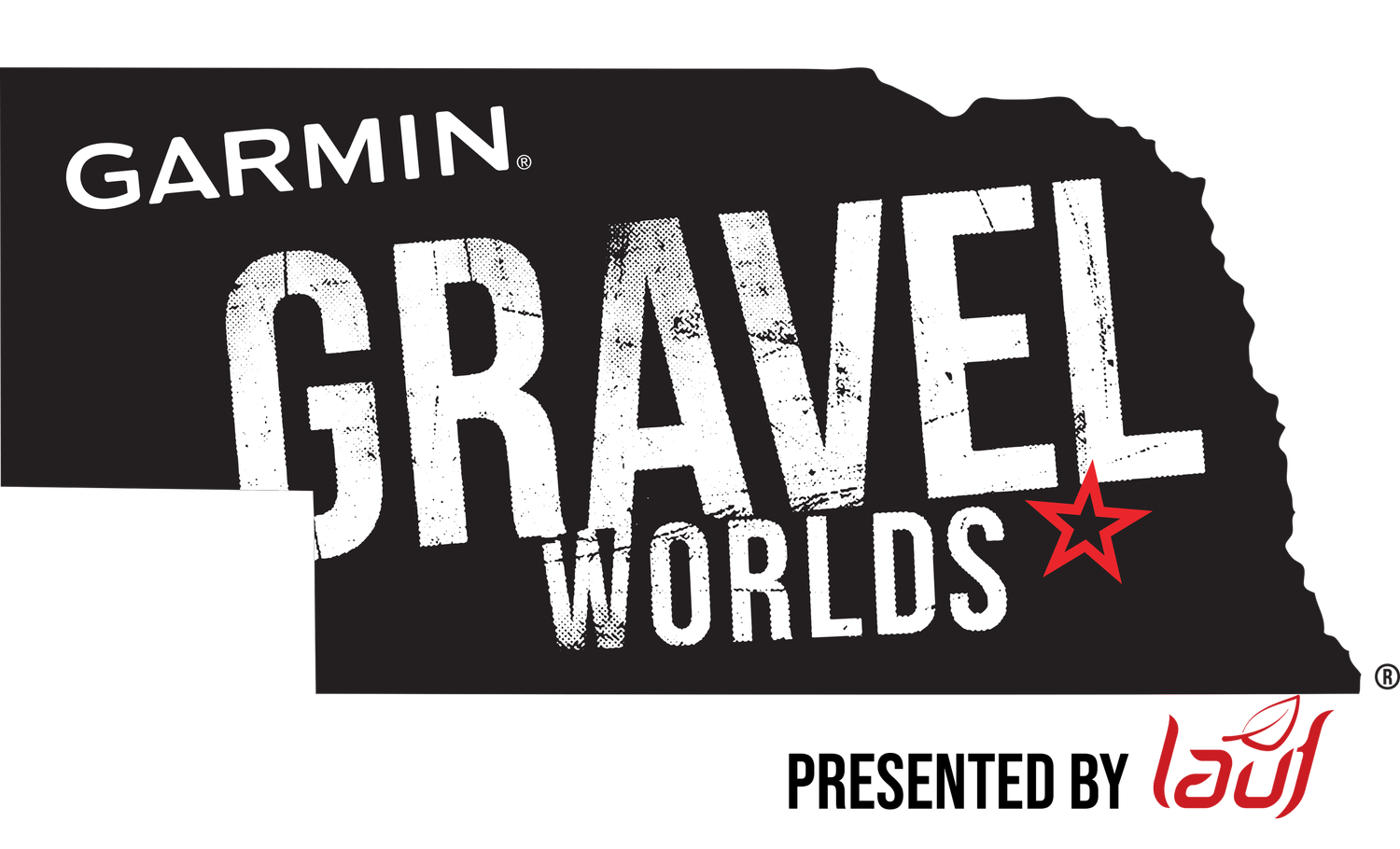Gravel Worlds Training Blog: Don’t Have a Taper Tantrum!
We have all experienced a temper tantrum to some degree, whether your own kids, relatives or you have seen the classic meltdown in the middle of the shopping mall by a young child. As an endurance sports coach I have experienced athletes having a taper tantrum as we get closer to event/race day. Insecurity can direct athletes to make mistakes in the final weeks leading into an event.
Whether you are familiar with a taper or not, it is a critical part of your event prep and can be stressful for some athletes. After months of dedicated training, the last thing you want to do is pull back and take it easy. It is during this time when many athletes worry about losing fitness and start to overanalyze what they do during the taper period.
What should a taper look like?
The exact structure will vary between athletes, their current training load (how much riding and intensity you have been doing) and the importance of their event/race.
Different athletes respond in different ways to a taper. Some benefit from a big reduction in training load multiple days before an event, yet others perform better while still maintaining an intensive training load. While each athlete is unique in what they need for their taper, it does require some trial and error to dial in. If you have never executed a taper or have no idea of what yours should look like, I have found these guidelines to be great general rules of thumb:
• Taper is 7-10 days out from event date and can be as long as 14 days.
• High volume training can reduce training load more vs low volume training- as a percentage of peak training load. If you average 12+ hrs./week you can reduce more vs training 6-8hrs/week
• Overreaching, over training or burn out often need a longer taper period. Listen to your body and how you feel in the last few weeks leading into your event. Do you feel tired or fatigued more than usual? Are you getting comments like “you sure are grumpy today”, have you lost motivation and desire to ride at all? Is your sleep architecture suffering?
• Workout frequency remains the same, duration of each session is reduced.
• 20% reduction is a great and safe place to start. Reduce 20% 2 weeks out and then another 20% week of the event.
• Continue high intensity work for the neuromuscular pathways and keep legs feeling “fresh” and avoid feeling lethargic on event day.
The Rhythm of Training During Your Taper:
Maintain the frequency of your workout sessions but reduce the volume of each session as well as interval workouts. Taking a full rest day or even 2 days again depends on each athlete. Generally, if you are used to doing this, then apply this to your taper as well but keep in mind an overall reduction in training volume means a day off or two might not be as valuable for unloading fatigue as during peak training. You can unload fatigue while still training each day if the sessions are shorter and lighter in intensity.
Below is a sample of the final week leading into an event:
How to Eat During Your Taper:
With a reduction of training, you burn less calories so you will not need the same level of fueling. While it is not a good idea to load up on pasta and breads for 2 weeks to “carbo-load” continue to fuel as you did during regular training but reduce total caloric intake in alignment with the taper.
With 3 days left before your event is when you want to begin to increase carbs a little bit, increasing fat and protein slightly is also acceptable in preparation for your big ride. This ensures your glycogen stores will be full on event day!
Other Considerations of a Taper:
• Get extra sleep!
• Use a vacation day from work to “catch up on life stresses.” • You may feel “flat” during your taper- lowering training volume can affect athletes in a unique way. Less training means less endorphins and can cause feelings of lethargy and or being grouchy.
• Trust your taper- as you navigate thru the first few days of feeling slow, heavy, and less fit, know these will pass and it is totally normal.
• Hold back! – when you start to feel good after the first few days of your taper, stay disciplined and stay away from setting new PRs, save those for event day!
Whether you work with a coach, you are self-coached, follow a paid training plan or just ride your bike because you love it applying a taper is always a good idea and will keep you from having a temper tantrum on event day out in middle of nowhere when your body break and says “you ran me too hard” leading into today. The mindset of being 10% under-trained vs 1% over-trained will ALWAYS allow you to perform better and have your best event day.
See you out there!
Frank Pike
Head Coach and Owner



